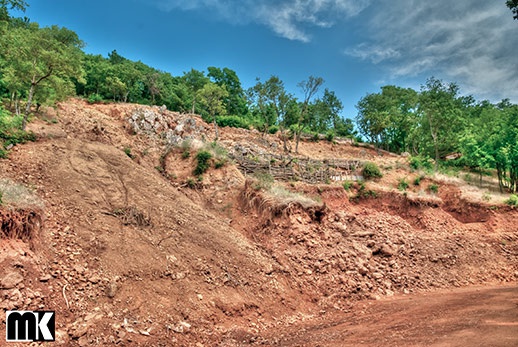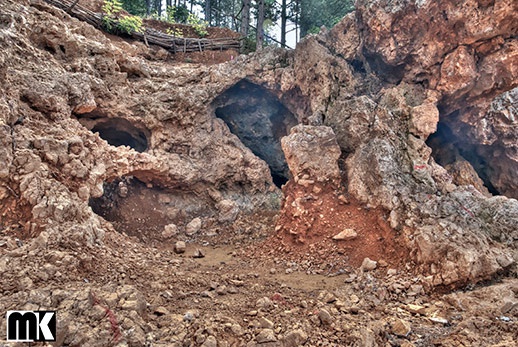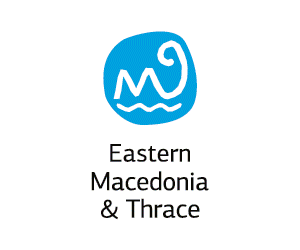Traveler's Guide
East Macedonia & Thrace
Ada Tepe, the earliest gold mine in Europe

The Thracians, who lived on our lands thousands of years ago, were good miners and metallurgists. One of the places, where traces of these activities have been found, is Ada Tepe hill in the Eastern Rhodopes, near Krumovgrad Municipality. This is the oldest known mine for gold in Europe. Scientists dated it to the second millennium BC - the time of Mycenae and Troy. The area is still rich in deposits of gold.
Excavations conducted from 2001 to 2006 showed that gold mining was well developed here. The mine stretches along the western, eastern and northern slopes of the hill and covers an area of 450 acres. There is sterile waste everywhere. Broken mining tools have been found amidst the waste. All family members must have been involved in the mining - women, children and men. The men most likely smashed the large rock fragments, while women and children shredded the pieces so as to prepare them for smelting. Evidence leading to the assumption that children were involved are the found archaeological artifacts that represent facilities designed for children"s hands. The predominant artifacts of the Late Bronze Age (11th -15th BC) show that this was the time of the most active exploitation of auriferous veins. Some of the artifacts discovered in the waste refer to the earliest phases of the period and determine the start of the operation of the mine in the 15th -14th BC.
In the first centuries of the Iron Age (11th –10th BC) work in the mines gradually subsided. Operation in the mine had come to several halts in time but was renewed again afterwards.
Remains of worksites, houses and the stone wall that used to surround the highest parts of the summit in the late Bronze Age have been found so far. Various stone tools, used for processing the ore, as well as ancient pottery were among the finds.
Address
No information available.Contact Information
No information available.






